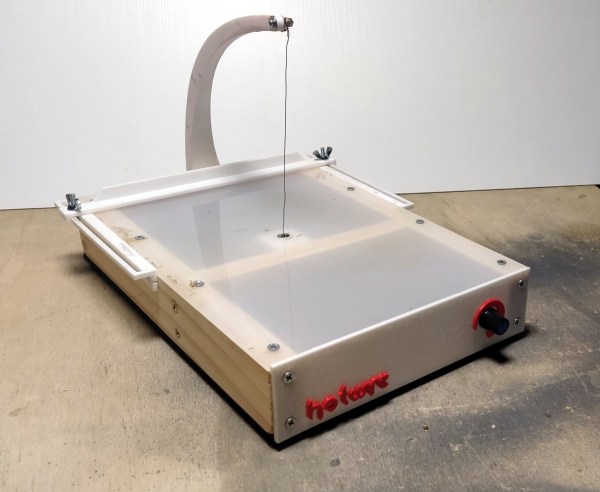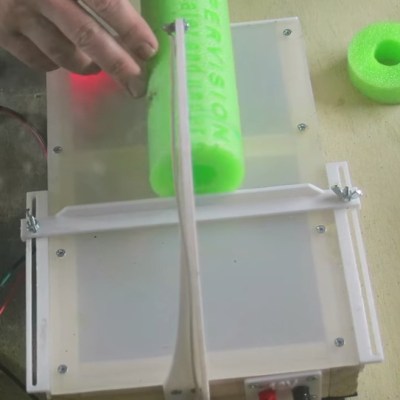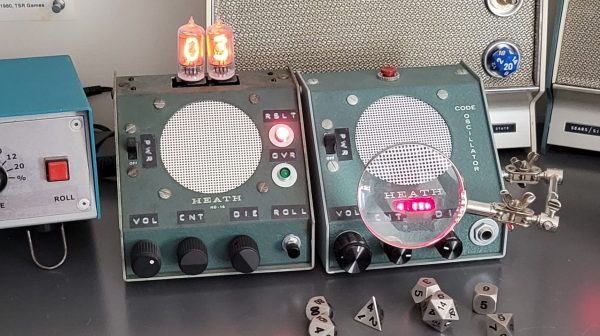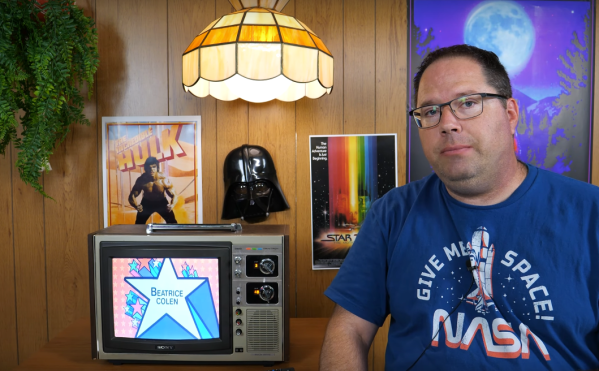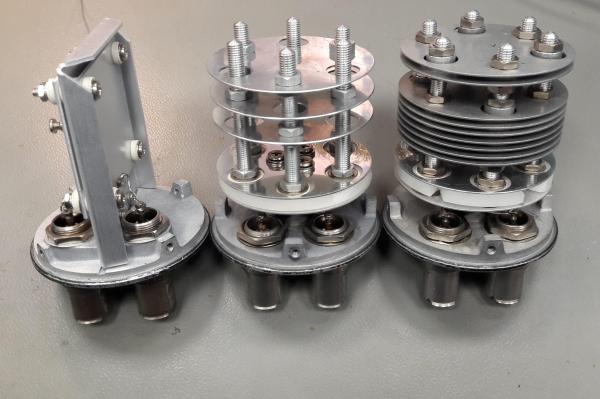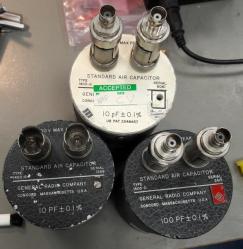It’s not every day we see the results of someone putting their own spin on a vintage tube amp, but that’s exactly what [lens42] did in creating the McIntosh 217, created as a “mini” version of the McIntosh MC275, a classic piece of audio equipment. Both are pictured next to each other, above.
 When it comes to vintage hi-fi stereo amplifiers, two units had particular meaning for [lens42]: the McIntosh MC275 Power Amp, and the Dynaco ST35. The Dynaco was a more budget-friendly amplifier, but looked like a plain box. The McIntosh, however, proudly showed off its tubes and transformers in all their glory. The “McIntosh 217” is design-wise basically a smaller McIntosh MC275, with the innards of a Dynaco ST35.
When it comes to vintage hi-fi stereo amplifiers, two units had particular meaning for [lens42]: the McIntosh MC275 Power Amp, and the Dynaco ST35. The Dynaco was a more budget-friendly amplifier, but looked like a plain box. The McIntosh, however, proudly showed off its tubes and transformers in all their glory. The “McIntosh 217” is design-wise basically a smaller McIntosh MC275, with the innards of a Dynaco ST35.
With so much needing to be designed from the ground up, CAD was invaluable. Component layout, enclosure design, and even wiring and labeling all had to be nailed down as much as possible before so much as heating up the soldering iron. Even so, there were a few hiccups; a vendor had incorrect measurements for a tube socket which meant that the part would not fit. A workaround involved modifying the holes and as luck would have it, the change wasn’t an eyesore. Still, [lens42] reminds us all that whenever you can, have the required parts in-hand for confirmation of dimensions before sending CAD files off for cutting or fabrication.
Many of us can relate to the fact that the whole project was a labor of love and made no real financial sense, but the end result is fantastic, and creating such a thing is something all of us — not just chasers of that elusive “tube sound” — can appreciate.


